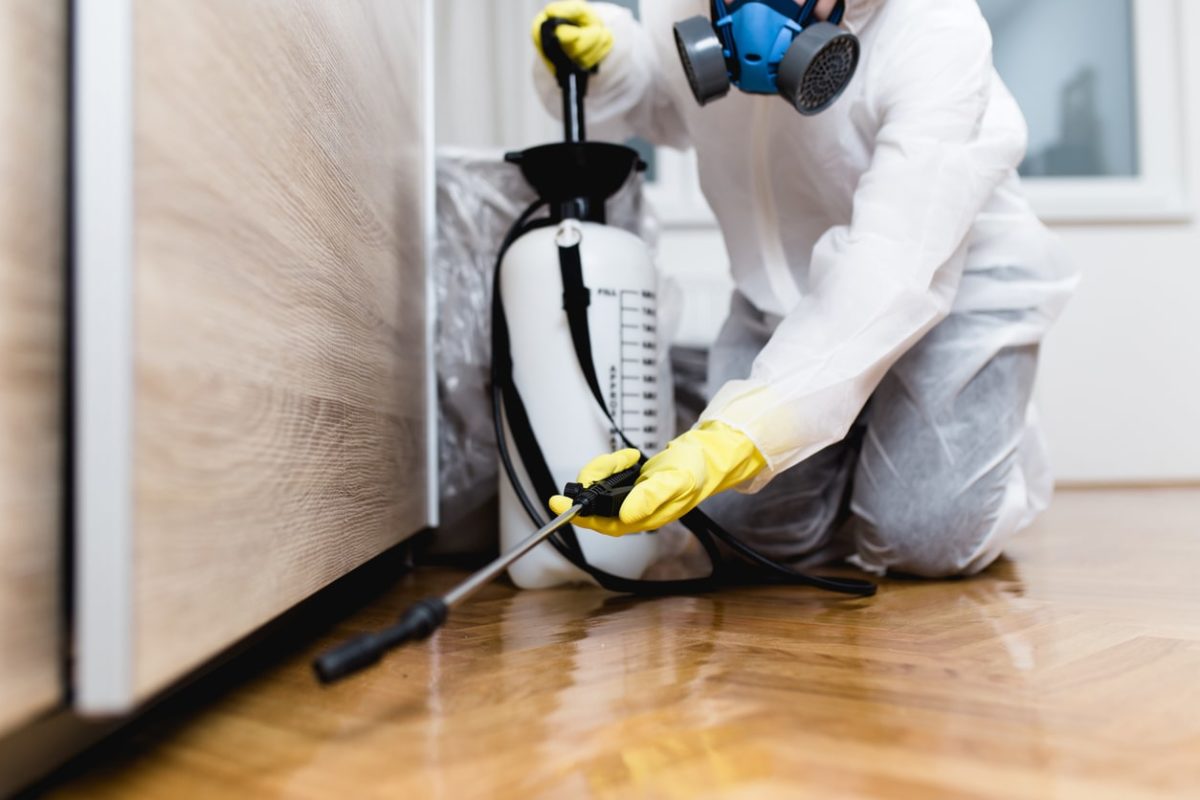Protect your home safe with Pest Control and stop future infestations.
Eco-Friendly Insect Control Approaches for Handling Wildlife in Urban Areas
Urban areas often locate themselves at the junction of human activity and wild animals, leading to distinct obstacles in insect monitoring. These approaches not only secure the setting but likewise improve area involvement in wildlife management. As urban populations continue to expand, recognizing the dynamics of wild animals interactions comes to be increasingly important.
Comprehending Urban Wildlife Dynamics
Comprehending Urban Wildlife Characteristics is vital for establishing effective and green insect control methods. Urban areas are increasingly ending up being environments for different wild animals types, driven by factors such as environment fragmentation, food availability, and human advancement. Recognizing these characteristics enables a nuanced approach to pest management that lines up with ecological principles.
Urban wild animals commonly includes varieties such as raccoons, squirrels, and birds, which adapt to city atmospheres, finding specific niches in green rooms, parks, and also houses. Their existence can lead to conflicts with humans, especially when they make use of human resources for food and sanctuary. Understanding the actions and environmental duties of these varieties educates methods that minimize adverse communications while promoting biodiversity.
In addition, acknowledging the interdependencies within urban communities helps in identifying essential areas for environment preservation and restoration. This understanding contributes to the advancement of incorporated insect management (IPM) techniques that consider the eco-friendly balance, consequently lowering reliance on harmful chemicals. By cultivating conjunction between humans and urban wildlife, cities can develop much healthier environments that benefit both residents and regional environments, leading the way for lasting metropolitan living.
Natural Repellents and Deterrents
All-natural repellents and deterrents offer a sustainable option to conventional bug control techniques by using the power of nature to keep unwanted types at bay. These eco-friendly solutions normally utilize plant-based components, essential oils, and various other naturally happening compounds that discourage insects without damaging the setting.
One effective all-natural repellent is peppermint oil, which is understood to repel rats and pests. Its strong aroma is unpleasant to lots of pests, making it a prominent option for city setups. In a similar way, vinegar and citrus peels can act as deterrents, as their strong smells are commonly uninviting to various wildlife.
Furthermore, diatomaceous planet is an all-natural powder that can be spread in locations susceptible to pest task, efficiently drying out and discouraging insects without presenting risks to non-target varieties. Moreover, garlic sprays and neem oil are recognized for their capability to fend off a large range of parasites, consisting of both bugs and bigger wild animals.
Carrying out these natural repellents not only minimizes reliance on chemical pesticides yet likewise promotes a much healthier city ecosystem, fostering a more balanced coexistence between humans and wildlife. By utilizing these approaches, metropolitan locations can efficiently handle pest populations while lessening ecological influence.
Habitat Adjustment Methods
Reliable environment modification methods play a critical role in sustainable insect monitoring by modifying the setting to make it less conducive to pest invasions. By comprehending the environmental characteristics of city locations, homeowner can apply critical alterations that deter pests while promoting biodiversity.
(Exterminator Near Me)One main method entails keeping correct sanitation. This includes regular waste removal, securing trash can, and getting rid of standing water to lower reproducing websites for pests and rats. In addition, landscape design techniques such as choosing indigenous plants can boost eco-friendly equilibrium, giving environments for valuable microorganisms while decreasing sources for parasites.
One more important approach is to seal entry factors in buildings. Examining and fixing splits in foundations, walls, and home windows can dramatically minimize bug gain access to. Producing physical barriers, such as fences or plant barriers, can prevent wild animals motion into human-inhabited areas.
Integrated Parasite Administration Practices
Structure upon habitat alteration methods, incorporated insect monitoring (IPM) practices offer an all natural method to regulating insect populaces while reducing ecological impact. IPM integrates numerous techniques, consisting of biological, cultural, mechanical, and chemical controls, to attain effective bug monitoring.
Biological control includes the intro of natural predators or bloodsuckers to lower pest populations. Social practices, such as crop rotation and hygiene, disrupt pest life cycles and reduce their environments - Pest control service. Mechanical controls, like traps and barriers, supply prompt alleviation from pest pressures without chemical intervention
Chemical controls are made use of as a last hotel, concentrating on targeted applications that limit damage to non-target types and the setting. The option of eco-friendly pesticides, when required, is indispensable to the IPM structure. Additionally, keeping track of bug populaces and examining possible damages aids educate decision-making, ensuring that interventions are timely and efficient.
Neighborhood Involvement and Education

(Bat Removal)Workshops and informational sessions can equip locals with knowledge about indigenous varieties, environment conservation, and efficient non-toxic pest monitoring strategies. Cooperation with institutions, regional organizations, and federal government firms additionally improves educational outreach, ensuring that important information gets to diverse audiences.
Moreover, community-led campaigns, such as community clean-up days and habitat reconstruction tasks, not only promote biodiversity yet additionally enhance community connections. Pest Control. By urging homeowners to share their experiences and monitorings, communities can create targeted methods that deal with specific neighborhood insect issues
Including comments from residents right into insect monitoring plans makes it possible for a much more responsive and flexible approach to wild animals challenges. Ultimately, notified and involved neighborhoods are vital to accomplishing lasting success in environment-friendly pest control, causing healthier metropolitan settings that respect both human and eco-friendly needs.

Final Thought
In final thought, environment-friendly bug control approaches offer lasting options for handling urban wild animals. By focusing on habitat modification, making use of all-natural repellents, check these guys out and executing integrated parasite administration methods, communities can cultivate a harmonious conjunction with regional fauna.